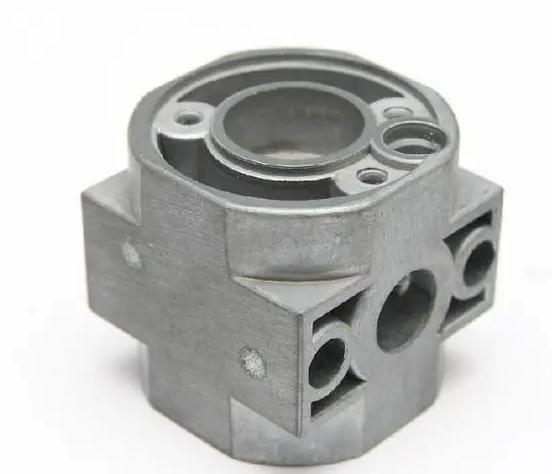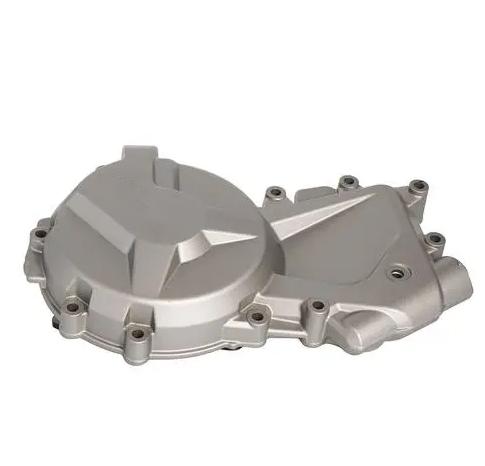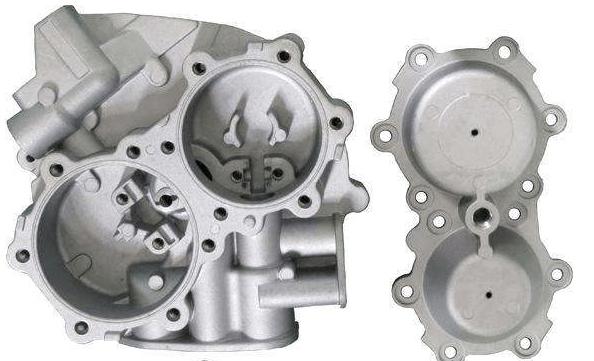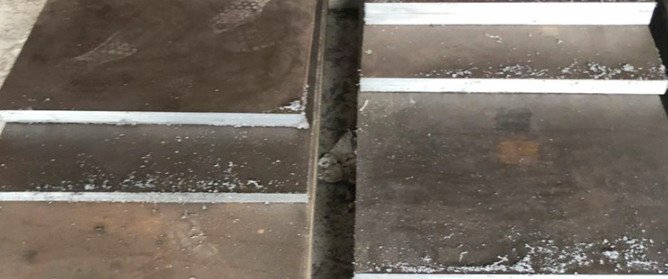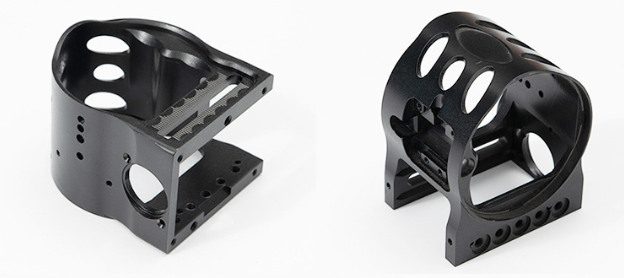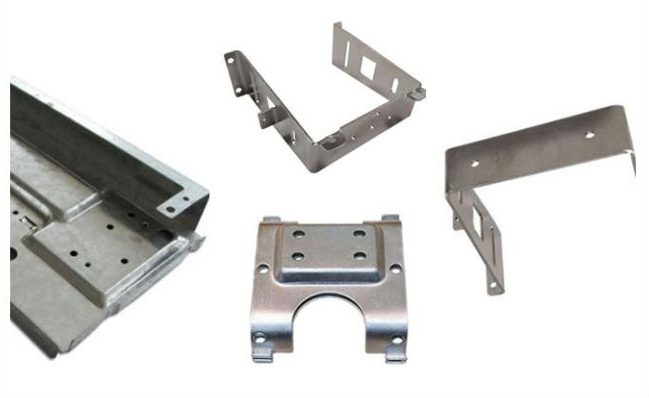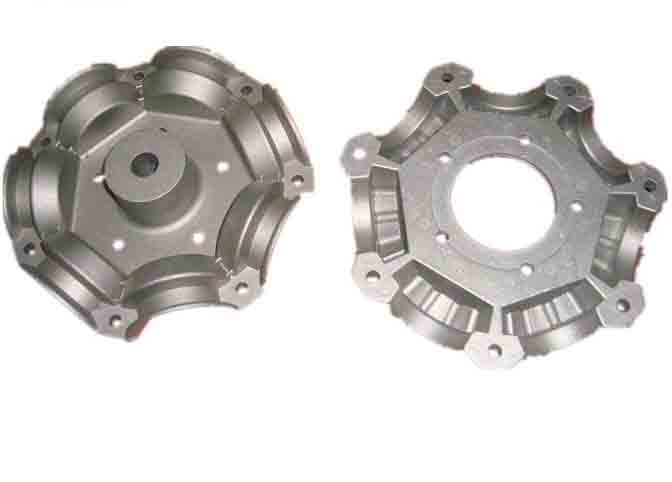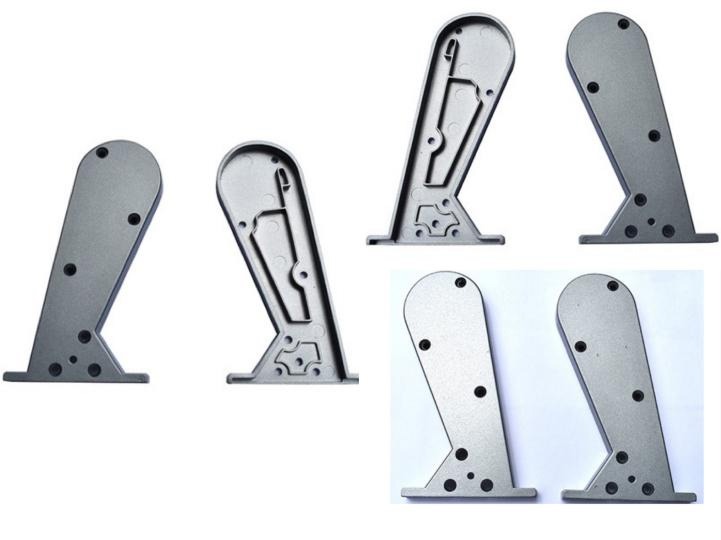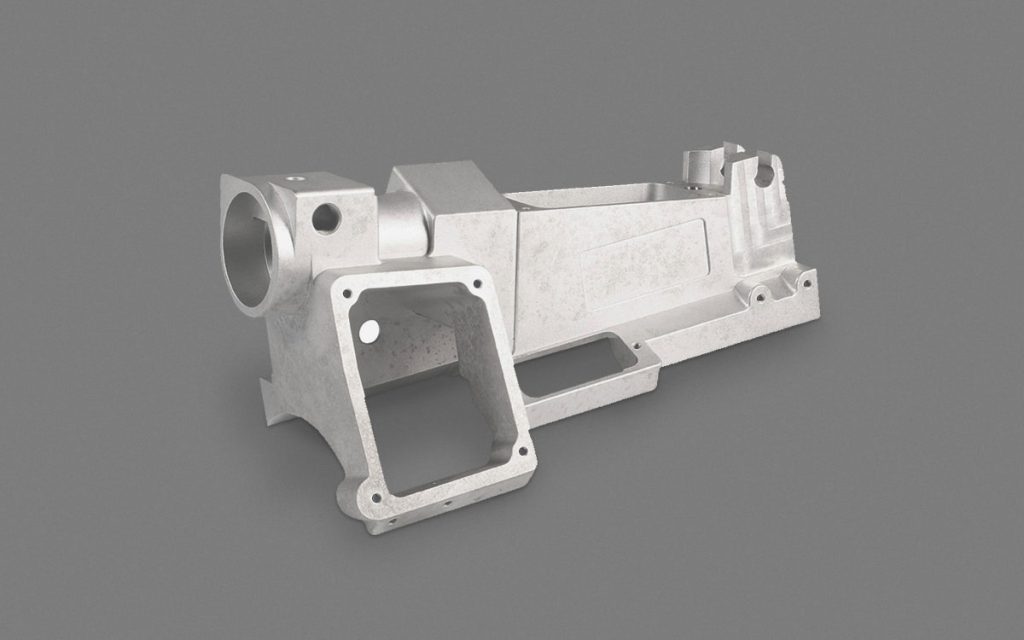Zamak die casting stands as a cornerstone in the realm of metalworking, offering unparalleled precision, durability, and versatility across various industries. From automotive components to intricate consumer electronics, Zamak die casting has revolutionized manufacturing processes, providing a cost-effective and efficient solution for producing complex metal parts. In this article, we embark on a comprehensive exploration of Zamak die casting, delving into its intricate processes, highlighting its myriad advantages, and uncovering its diverse applications in modern engineering and design.

What are Zinc and Zamak?
Zinc is a chemical element with the symbol Zn and atomic number 30. It is a bluish-white metal that is commonly used in various industrial applications due to its corrosion resistance and low melting point. Zinc is often used as a coating for other metals to protect them from rust and corrosion, a process known as galvanization. It is also used in the production of alloys.
Zamak is a family of zinc alloys that typically contain significant amounts of aluminum, magnesium, and copper. The name “Zamak” is an acronym derived from the German names for the metals used in the alloy: Zink (zinc), Aluminium (aluminum), MAgnesium (magnesium), and Kupfer (copper). Zamak alloys are known for their excellent casting properties, high strength, and relatively low melting point compared to other metals, making them suitable for die casting and injection molding processes.
Zamak alloys are commonly used in various applications, including automotive parts, electrical components, household hardware, and decorative items due to their combination of strength, corrosion resistance, and affordability.
What are the Manufacturing Processes of Zamak Die Casting?
Before getting to know the processes of Zamak Die Casting, let’s find the types of Zamak alloys for die casting.
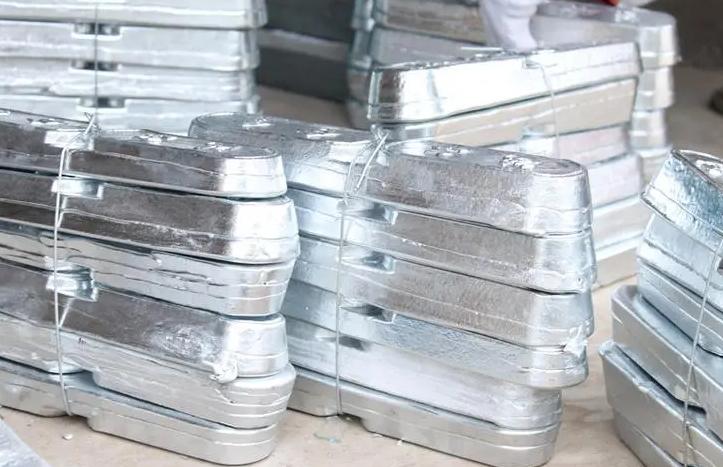
Zamak Alloys for Die Casting
Zamak alloys are incredibly versatile materials used in die casting, known for their excellent dimensional accuracy, thin-wall capability, and good surface finish. These zinc-based alloys incorporate other elements like aluminum, magnesium, and copper to achieve specific properties for various applications. Let’s dive into the different Zamak grades and their characteristics:
| Grade | Composition | Strengths | Weaknesses | Applications |
| Zamak 2 (Kirksite) | Zn (92-94%), Al (3-4%), Mg (0.03-0.08%), Cu (0.7-1.3%) | Highest strength & hardness, good wear resistance | Brittle, susceptible to corrosion | Gears, levers, high-stress components |
| Zamak 3 | Zn (95-96%), Al (4-5%), Mg (0.03-0.08%), Cu (0.5-1.0%) | Most popular, balanced strength, ductility & machinability | Lower strength than Zamak 2, moderate corrosion resistance | Automotive parts, electronics housings, furniture hardware, toys |
| Zamak 5 | Zn (94-97%), Al (3.5-4.5%), Mg (0.03-0.08%), Cu (0.5-1.0%) | Excellent fluidity, intricate shapes & thin walls, good corrosion resistance | Lower strength than Zamak 3, limited machinability | Decorative parts, cosmetic closures, small, complex components |
| Zamak 7 | Zn (91-93%), Al (3.5-4.5%), Mg (0.03-0.08%), Cu (0.7-1.3%) | High dimensional stability, good pressure tightness, improved creep resistance | Lower strength & ductility than other Zamak alloys | Fuel system components, medical devices, precision instruments |
| ZA-8 & ZA-27 | Varies (higher Al content) | Wider range of strength & creep properties | Specialized techniques & higher costs | Automotive components requiring high strength & temperature resistance, demanding aerospace applications |
Zamak Die Casting Process
Die casting is a manufacturing process used to produce geometrically complex metal parts with high precision and repeatability. Zamak is a family of alloys composed primarily of zinc, with aluminum, magnesium, and copper as secondary elements. It is commonly used in die casting due to its excellent casting properties, such as high fluidity, low melting point, and good dimensional stability. Here are the steps involved in the die casting process for Zamak:
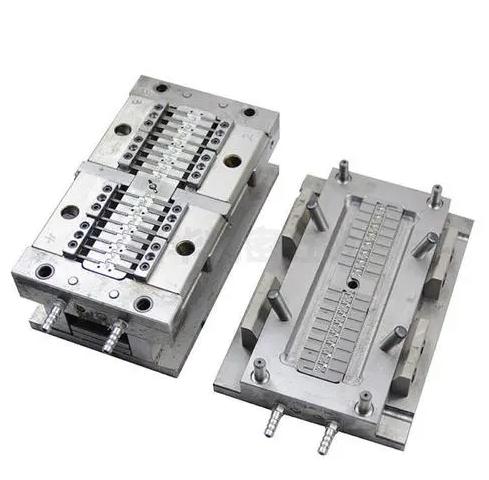
- Die Design and Manufacturing: The process begins with the design and manufacturing of the dies, which are the molds used to shape the molten Zamak into the desired part geometry. Dies are typically made from hardened steel and consist of two halves: the cover die (or “cover half”) and the ejector die (or “ejector half”).
- Melting and Preparation of Zamak Alloy: Zamak alloy ingots are melted in a furnace at temperatures ranging from approximately 380°C to 420°C (715°F to 790°F), depending on the specific composition of the alloy being used. The molten metal is carefully monitored to ensure it reaches the desired temperature and composition.
- Injection: Once the molten Zamak reaches the proper temperature and composition, it is injected into the die cavity under high pressure using a specialized die casting machine. The pressure helps to fill the entire cavity with molten metal and ensures that the final part has the desired density and mechanical properties.
- Cooling and Solidification: After the cavity is filled with molten Zamak, the metal is allowed to cool and solidify within the die cavity. Cooling rates are carefully controlled to prevent defects such as porosity and shrinkage. Cooling can be accelerated using water-cooled channels within the die.
- Ejection: Once the Zamak has solidified and cooled sufficiently, the two halves of the die are separated, and the newly formed part is ejected from the cavity using ejector pins or mechanisms. The ejector pins push the part out of the die cavity and into a collection system.
- Trimming and Finishing: After ejection, the part may undergo additional trimming and finishing processes to remove any excess material, burrs, or flash (excess material that forms at the parting line of the die). These processes help to achieve the final dimensional accuracy and surface finish of the part.
- Quality Control and Inspection: Throughout the die casting process, quality control measures are implemented to ensure that the parts meet the specified dimensional tolerances, surface finish requirements, and mechanical properties. Inspections may include visual inspection, dimensional measurement, and non-destructive testing techniques.
- Post-Treatment (Optional): Depending on the application requirements, the Zamak parts may undergo additional post-treatment processes such as machining, plating, painting, or powder coating to enhance their appearance, corrosion resistance, or other functional properties.
By following these steps, manufacturers can produce high-quality Zamak die castings with precise dimensions, intricate geometries, and excellent mechanical properties for a wide range of applications across various industries.
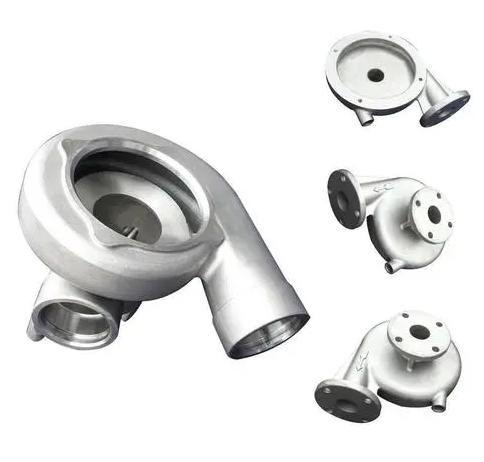
Advantages and Disadvantages of Zamak Die Casting
Zamak die casting offers several advantages and disadvantages. Here’s a breakdown:
Advantages of Zamak Die Casting:
- High Precision and Dimensional Tolerance: Zamak alloys allow for near-net-shape casting, meaning minimal post-processing is needed, thanks to their excellent flow characteristics and ability to fill thin-walled sections. This translates to high dimensional accuracy and tight tolerances.
- Strong and Lightweight: Zamak is stronger than pure aluminum, offering good tensile and impact strength while remaining relatively lightweight. This makes it ideal for parts requiring both strength and weight minimization.
- Fast and Cost-Effective: The lower melting point of Zamak compared to other die-casting alloys like aluminum translates to faster cycle times and lower energy consumption. This ultimately leads to cost-effective production, especially for high-volume applications.
- Excellent Surface Finish: Zamak naturally produces a smooth and shiny surface, often eliminating the need for additional finishing processes like polishing. This reduces time and cost while enhancing the aesthetics of the final product.
- Good Machinability and Plateability: Zamak parts can be easily machined for additional features and drilled/tapped for assembly. It also readily accepts various finishes like paint, chrome, and nickel, allowing for diverse design options.
- Corrosion Resistant: Compared to pure zinc, Zamak alloys with added elements like aluminum and magnesium offer improved corrosion resistance, making them suitable for many applications.
Disadvantages of Zamak Die Casting:
- Lower Strength Compared to Other Alloys: While stronger than pure aluminum, Zamak doesn’t match the strength of steel, brass, or some aluminum alloys. This limits its use in high-stress applications.
- Brittle at High Temperatures: Zamak becomes brittle at higher temperatures, limiting its use in applications exposed to significant heat.
- Prone to Creep: Under sustained stress and elevated temperatures, Zamak can slowly deform (creep), which might be an issue for certain applications.
- Limited Alloy Variety: Compared to aluminum, there are fewer Zamak alloys available, offering less flexibility in terms of specific mechanical properties.
- Die Cost: Due to the complexity of die design and the need for precise temperature control, the initial die cost for Zamak die casting can be higher than simpler casting methods.
Ultimately, the choice between Zamak and other die-casting materials depends on your specific application requirements and priorities. Consider factors like strength, weight, cost, corrosion resistance, and operating temperature to make an informed decision.
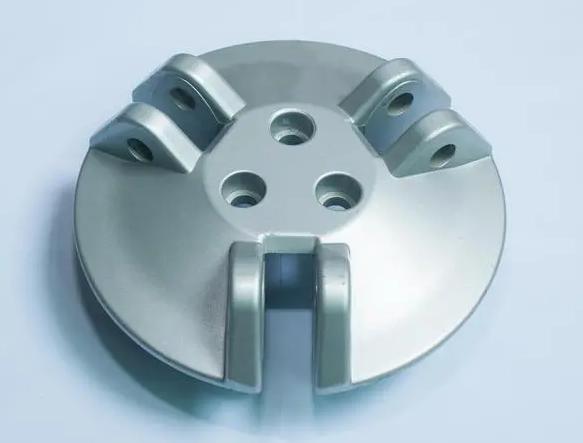
Common Applications of Zamak Die Casting
Zamak die casting finds its way into a wide variety of industries and applications due to its unique blend of advantages. Here are some of the most common Zamak parts:
| Industry | Application Examples |
| Automotive | Interior trim (handles, knobs, bezels), instrument clusters, air conditioning vents, radio controls, seatbelt adjusters, decorative accents, engine and under-the-hood components (fuel injector housings, carburetor parts, thermostat housings, valve covers) |
| Consumer Electronics | Housing and components for laptops, tablets, smartphones, cameras, headphones, video game controllers, remote controls |
| Furniture & Hardware | Handles, knobs, pulls, hinges, drawer slides, decorative accents |
| Appliances & Plumbing | Faucet handles, showerheads, appliance knobs and levers, decorative trim |
| Toys & Sporting Goods | Die-cast toy cars, model trains, toy gun parts, sporting good components (bicycle shifters, fishing reel parts) |
Conclusion
Zamak die casting, as we have discovered, offers a compelling proposition for manufacturers seeking a balance between speed, precision, and affordability. Its diverse applications, ranging from the intricate details of automotive components to the sturdy fixtures adorning our homes, speak volumes about its versatility. While limitations exist, Zamak’s strengths, combined with Zamak die casting manufacturers‘ ongoing advancements in technology promises to elevate standards, drive efficiency, and unlock new frontiers in metal fabrication, ensure its continued relevance in the ever-evolving manufacturing landscape.


